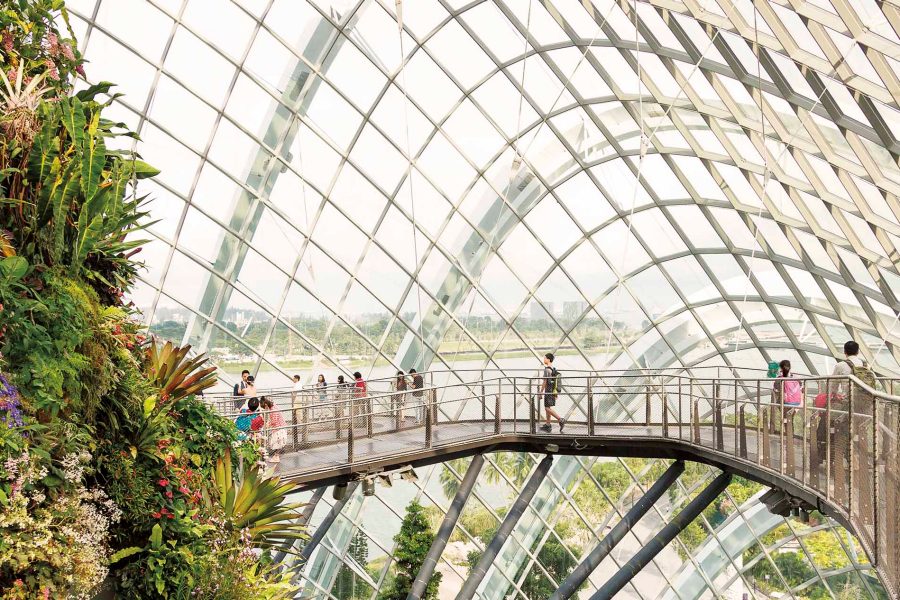Safe, sanitary, snoozy. Sultry in climate alone. For the longest time, this has been Singapore’s reputation – and the root of one of its less flattering nicknames, Singa-bore.
In 1993, sci-fi author William Gibson described in Wired magazine life in the equatorial city-state as ‘a relentlessly G-rated experience… There’s a certain white-shirted constraint, an absolute humourlessness in the way Singapore Ltd operates’.
Singapore remains notoriously tough on crime and is still one of the tidiest countries you’ll ever visit, but much has changed since Gibson’s early-’90s stay. Over the past decade in particular, the city has evolved into one of Asia’s most vibrant places.
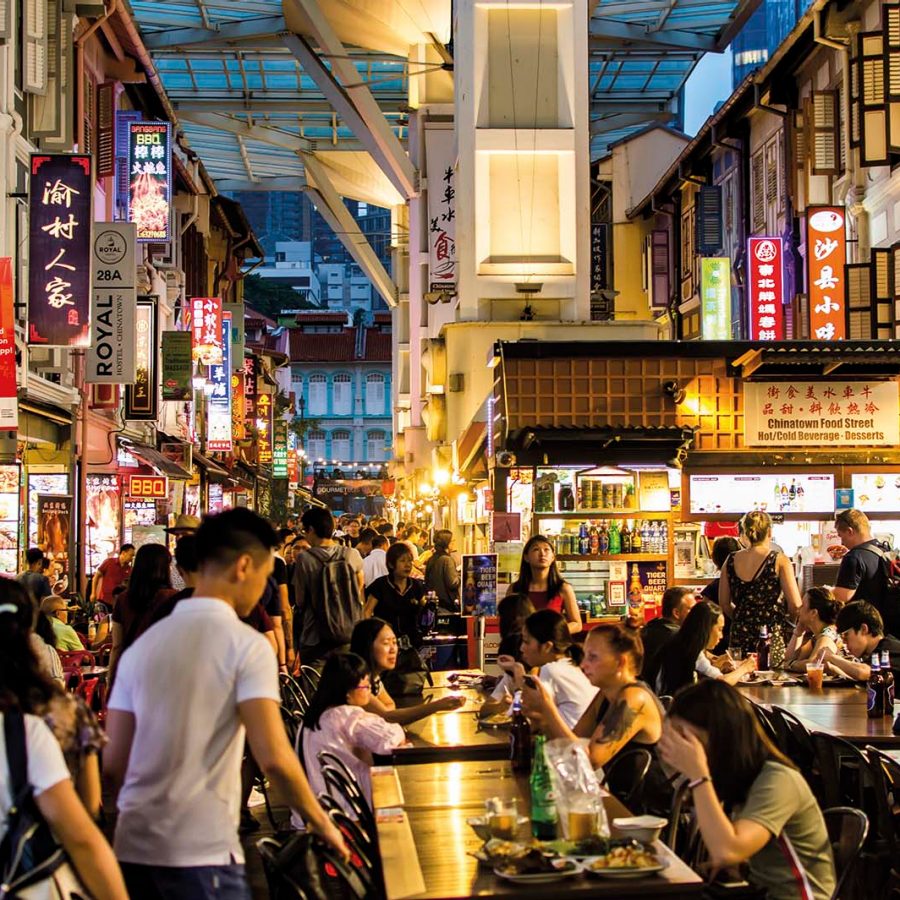
Credit: Shutterstock
The change of pace really began with the 2008 debut of the Singapore Formula 1 Grand Prix , which is still without question the most exciting event on the Singaporean calendar. Transforming the central business district into a track that winds its way past a checklist of Singapore’s most iconic sights, the night-time race does a fantastic job of focusing the world’s attention on the city by literally putting it in the spotlight.
The high-octane racing of Formula 1 isn’t for everyone, of course. But even those with zero interest in motorsport might be drawn trackside by the musical entertainment offered in tandem with the race. Over the years, acts including Queen, Ariana Grande and Rihanna have performed during the F1 festivities. After the chequered flag falls, many of the star acts and top drivers turn up at glamorous after-parties hosted by venues such as Podium Lounge, where the beautiful people get down until the sun comes up.
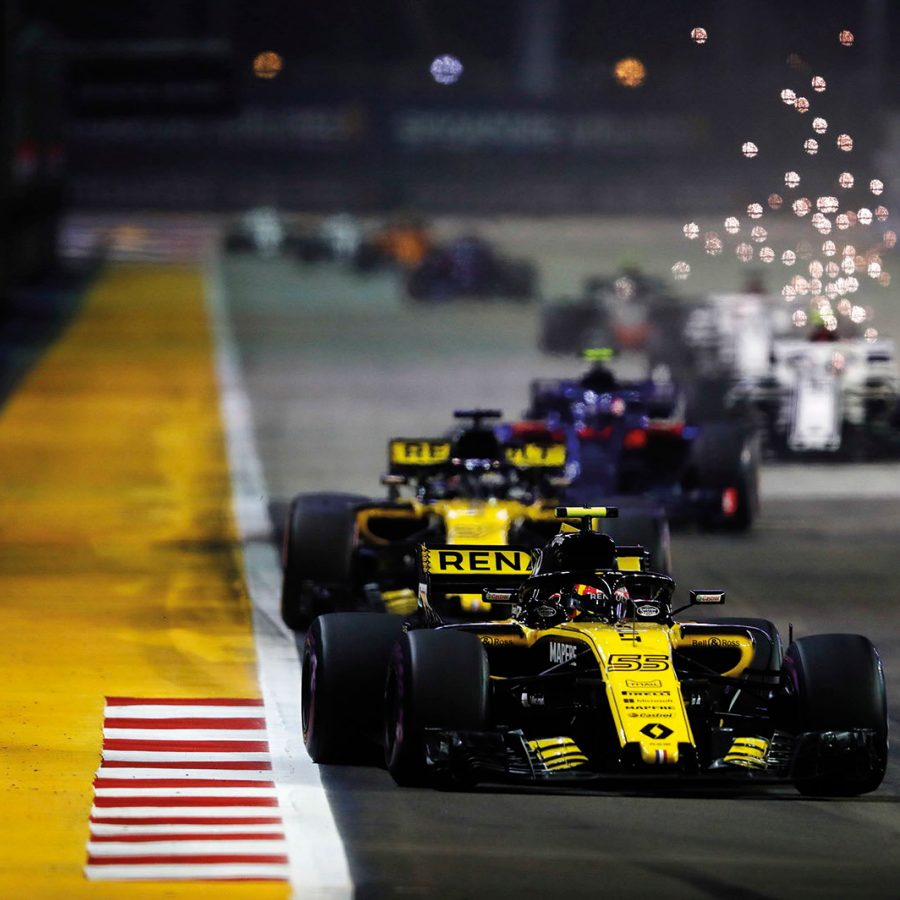
Credit: LAT Images
‘The live telecast of the Grand Prix is watched all over the globe and offers a magnificent overview of Singapore’s ever-changing cityscape,’ says Robbie Hoyes-Cock, the Singapore born-and-bred nightlife entrepreneur behind Podium Lounge. ‘Just as the Monaco and Abu Dhabi Grand Prix have become beacons for the rich and famous in Europe and the Middle East respectively, the Singapore Grand Prix has become a bucket-list destination for the who’s who of Asia’s jet-setting party elite.’
To suggest contemporary Singapore is boring, Hoyes-Cock scoffs, would be ‘wildly untrue’, considering all that’s happened since the arrival of the Grand Prix a decade ago: ‘The metamorphosis of Singapore that has taken place is very obvious.’
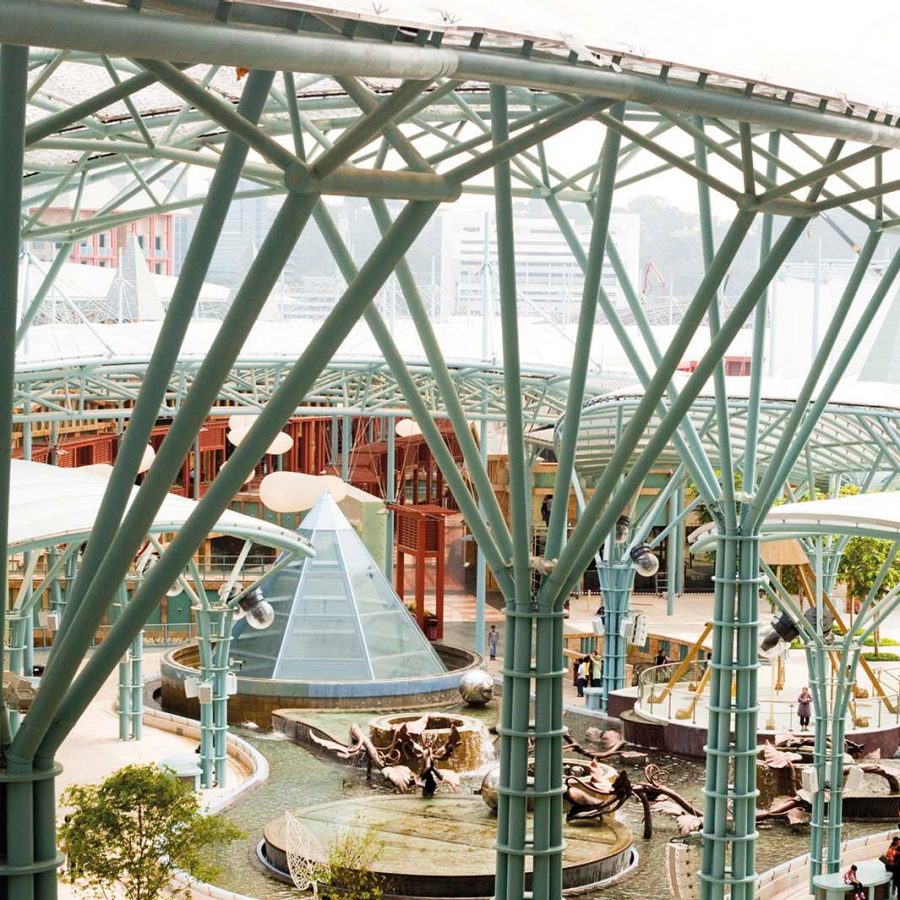
Credit: Lauryn Ishak

Credit: Lauryn Ishak
An outstanding (and blessedly air-conditioned) vantage point for viewing the race is Swissôtel The Stamford . Rising 73 storeys, the tallest hotel in Singapore is also a perfect perch year-round to admire the rest of Singapore’s array of architectural landmarks. Just to name a few: the heritage shophouses of Chinatown, the colonial classics such as Raffles Hotel and Old Parliament House , the durian-shaped Esplanade theatres , Foster + Partners’ undulating Southbeach development, IM Pei’s OCBC bank building, the equally imposing skyscrapers of the financial district that surround it and the gargantuan greenhouse that is Gardens by the Bay . One thing’s for certain: Singapore’s built environment is anything but tedious.
Nor could the culinary scene be described as dozy. The late chef and TV personality Anthony Bourdain called this country ‘a wonderland of food’, and even the naysaying Gibson begrudgingly remarked in his article, ‘The food in Singapore, particularly the endless variety of street snacks in the hawker centres, is something to write home about.’
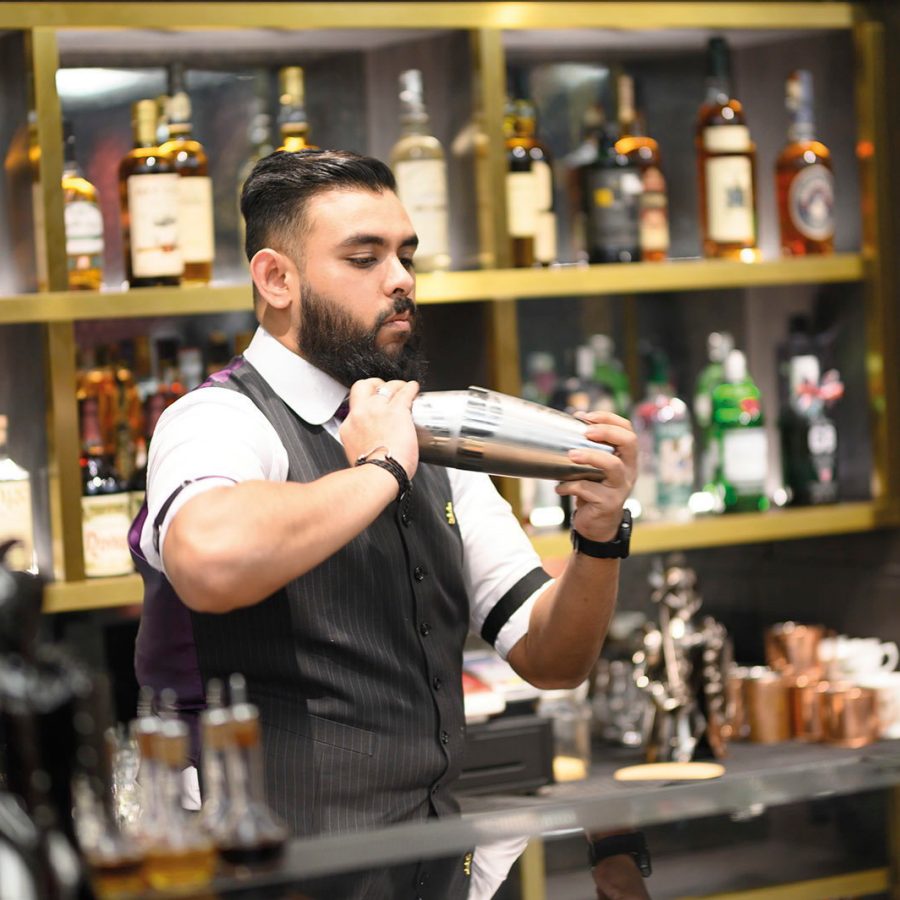
Credit: The Monarchy
Far above the streets, meanwhile, at the Michelin-starred Jaan restaurant on the Stamford’s 70th floor, a succession of incredible chefs – including illustrious alumni Andre Chiang and Julien Royer, and talented incumbent Kirk Westaway – have set the standard for haute cuisine in this food-obsessed city. Here, while sampling dishes just as surprising and inventive as any of the architecture in your frame of view, your focus will doubtless fall on a building that’s come to be emblematic of the new Singapore: Marina Bay Sands .
Built on reclaimed land, this distinctive development didn’t just reshape Singapore’s skyline and landmass; it changed the national outlook. After nearly half a century when most gambling was strictly prohibited, the opening of Marina Bay Sands and a second casino complex, Resorts World Sentosa , suggested a shift in the mindset of the country’s people and leadership.
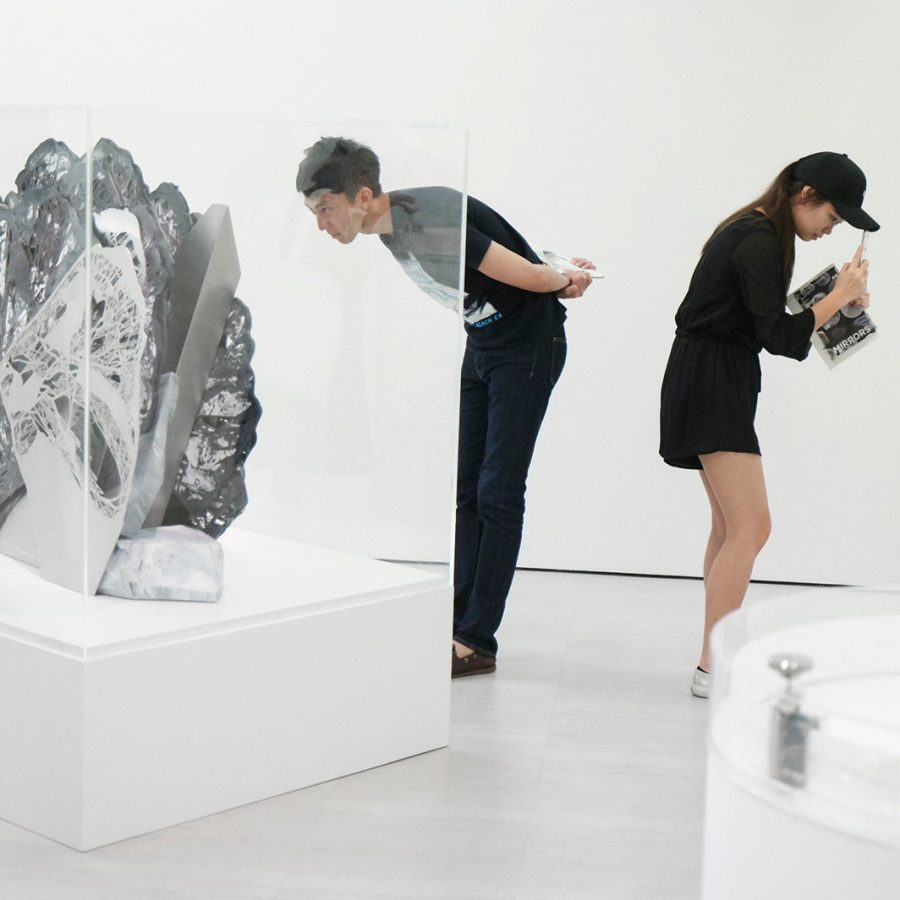
Credit: Singapore Art Museum
‘I think Singapore has grown more international and more open as a society,’ says leading local hospitality player Loh Lik Peng, who owns several of the city’s premier restaurants (as well as hotels in London and Sydney). ‘There are so many outside influences from all over the world, and in Singapore we are fast adapters. I think the casinos opening also had quite a lot to do with this, because it seemed to signal to people that Singapore was prepared for some naughty activities to take place here. Some of the strictures of the Lee Kuan Yew era had been shaken off.’
Loh is referring to Singapore’s late founding father, who presided over Singapore’s birth as a republic in 1965 and steered the nation’s remarkably rapid rise from third world to first. Speaking to university students during his early years as prime minister, Lee famously remarked, ‘Poetry is a luxury we cannot afford.’ This pragmatic philosophy – of culture taking a back seat to commerce – made perfect sense during Singapore’s scrappy transitional period. But now that the country is comfortably positioned among Asia’s wealthiest, the role of the arts in society has been reappraised and deemed worthy of investment.
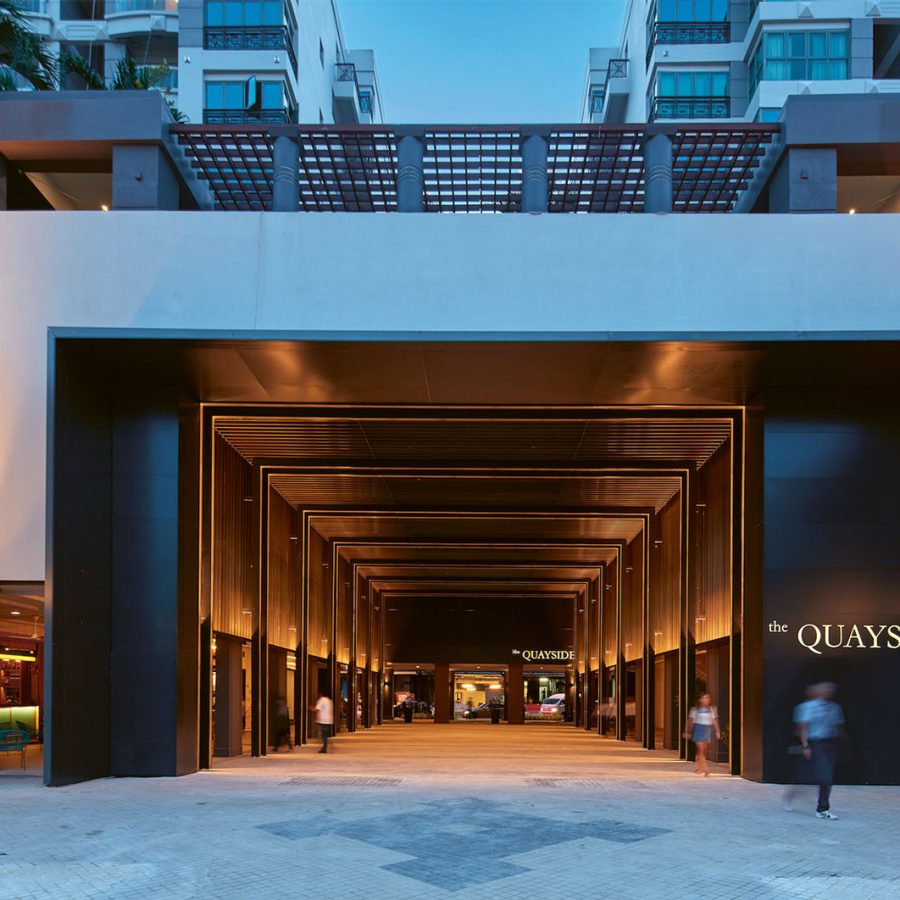
Credit: Lauryn Ishak
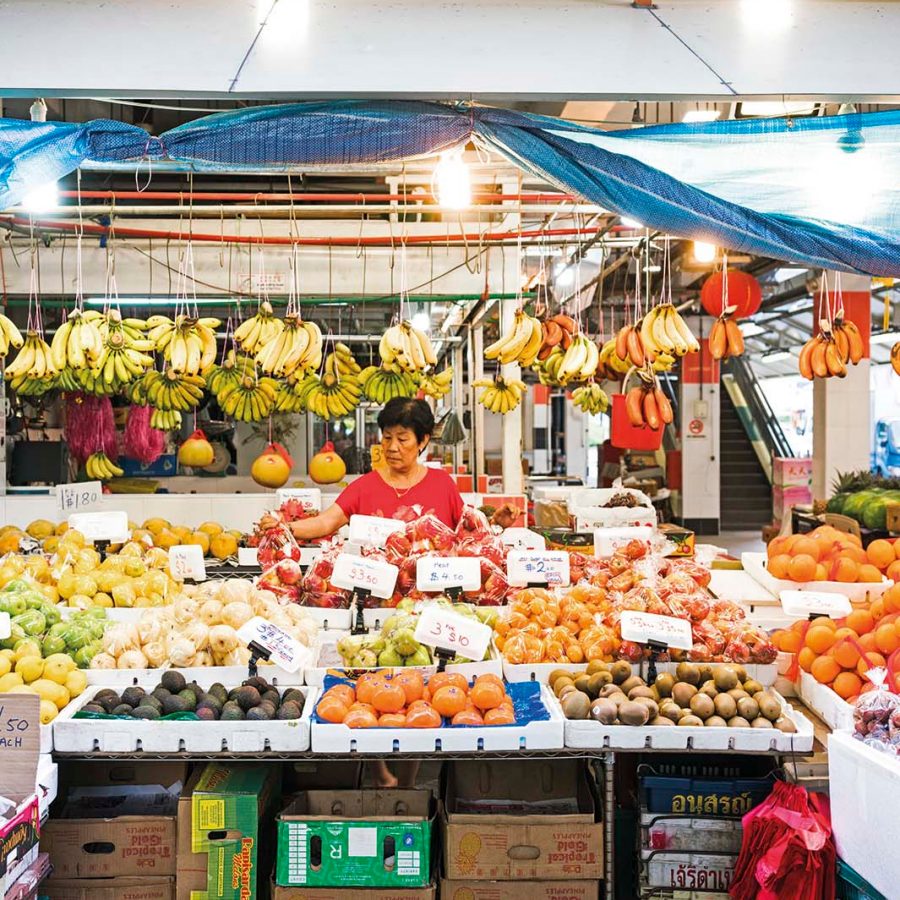
A Singaporean fruit seller Credit: Lauryn Ishak
Credit: Lauryn Ishak
‘The government has realised that for our country to be truly first world, it needs a balanced, vibrant arts scene,’ says prominent Singaporean menswear designer and bespoke tailor Kevin Seah. ‘To help nurture more creative thinking, Singapore’s leaders are now allocating funds to major cultural and arts projects and infrastructure.’ He cites the new National Gallery , developed at a cost of over S$500 million (HK$2.9 billion) and home to one of the world’s top collections of Asian art. ‘I often visit the gallery in search of inspiration.’
Paul Tan, the deputy CEO of Singapore’s National Arts Council, says the cultural scene has begun to flourish over the past decade, with audience sizes swelling. ‘This growth has come from the government’s investment in the arts, including its iconic cultural institutions, and the desire to see the arts benefitting everyone,’ says Tan.
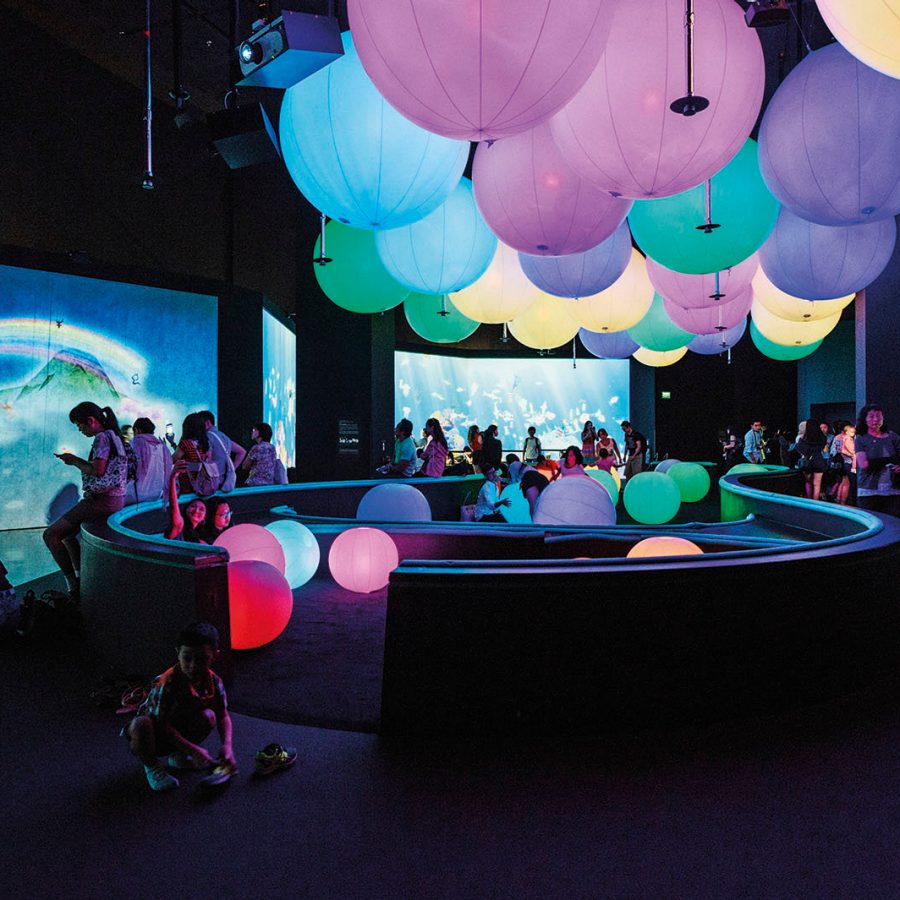
Credit: Lauryn Ishak
Today, catering to Singapore’s diverse communities and cosmopolitan mix of international visitors, Tan says, ‘there are significant festivals in our bustling calendar such as the Singapore International Festival of the Arts , the Singapore Biennale , the Writers Festival , the Night Festival , where illumination takes centre stage, and the Heritage Festival , which spotlights Singapore’s rich ethnic heritage.’
But if all these rich cultural, architectural, culinary and entertainment attractions weren’t enough to convince a visitor that the ‘Singa-bore’ appellation has had its day, Seah has a solution. ‘I’d just take them to Geylang,’ he says, referring to the city’s gritty red-light district – also home to some of the best down-and-dirty dining in town. ‘I assure you, they will not be bored.’
This story was originally published in May 2019 and updated in September 2020
Hero image: Lauryn Ishak
Singapore travel information
- China – the Chinese Mainland, Hong Kong SAR, Macao SAR and Taiwan Region
- Hong Kong SAR - English
- Chinese Mainland (China) - English
- Taiwan, China - English
- 香港特別行政區 - 繁體中文
- 中国內地 - 简体中文
- 中國台灣 - 繁體中文
- Africa
- South Africa - English
- Asia
- Bangladesh - English
- Korea - English
- Singapore - English
- Cambodia - English
- 한국 - 한국어
- Sri Lanka - English
- India - English
- Malaysia - English
- Thailand - English
- Indonesia - English
- Maldives - English
- ประเทศไทย - ภาษาไทย
- Indonesia - Bahasa Indonesia
- Myanmar - English
- Vietnam - English
- Japan - English
- Nepal - English
- Việt Nam - tiếng Việt
- 日本 - 日本語
- Philippines - English
- Australasia
- Australia - English
- New Zealand - English
